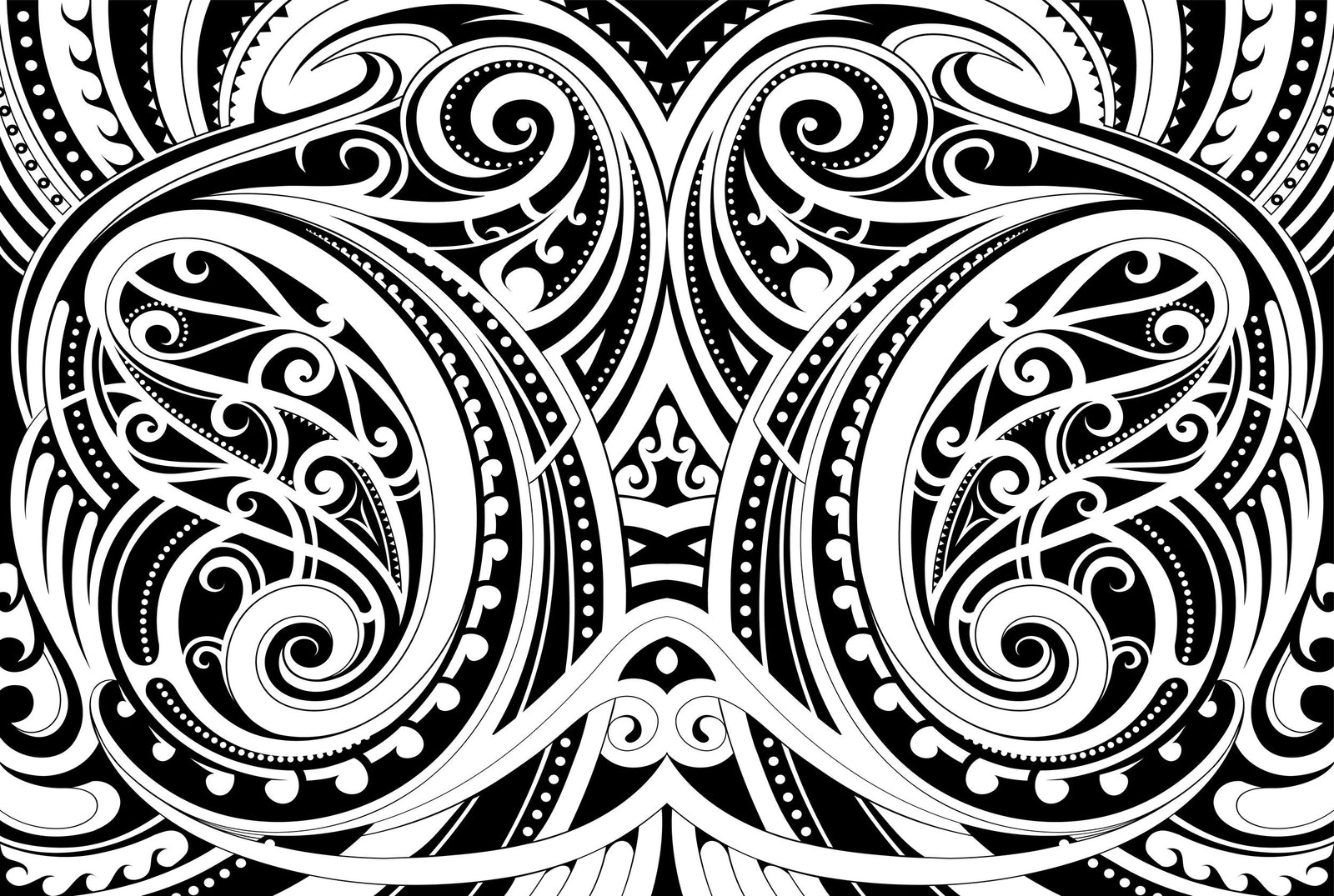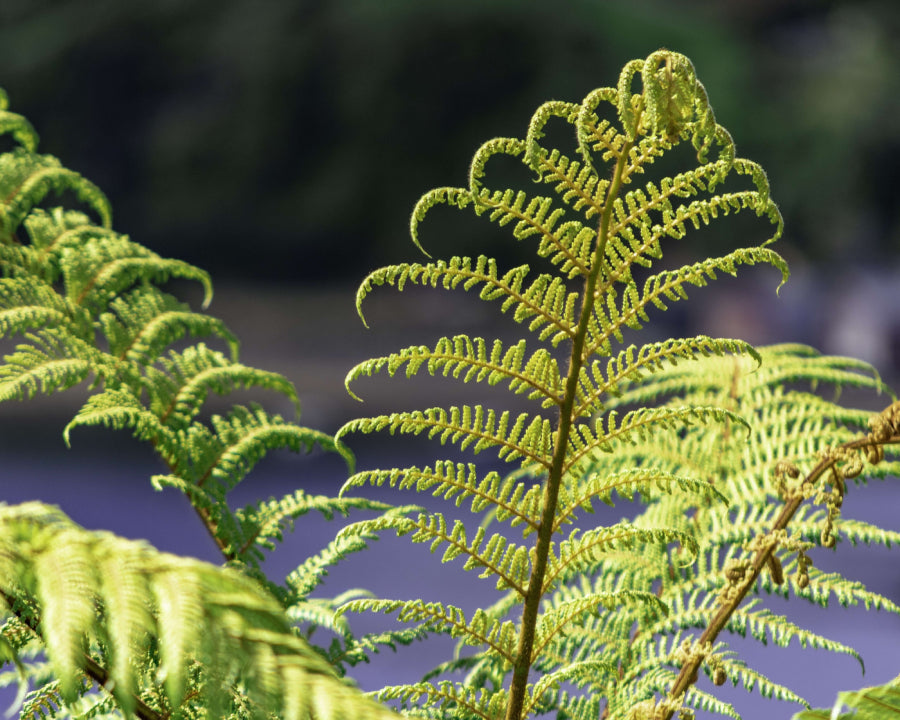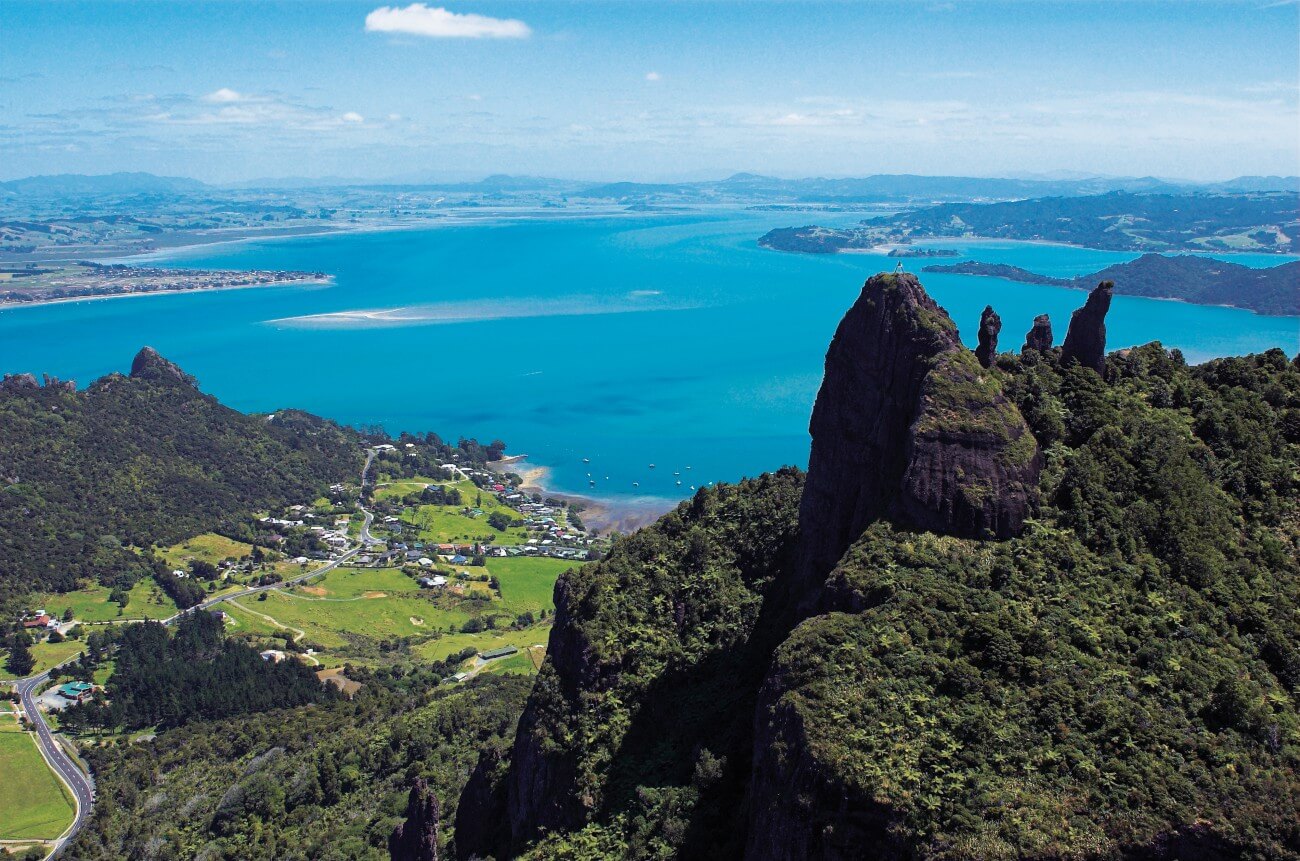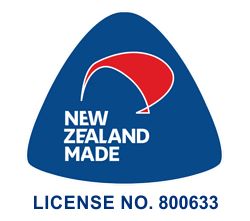An Introduction to Māori Art

The Māori are the ‘indigenous’ people of New Zealand. They arrived in the country from the Polynesian Islands between 1250 and 1300 CE. During this period, they developed a rich culture of art, dance, music, food, and festivities. About 15% of New Zealand’s population is of Maori descent, making Maori people’s influence on New Zealand’s national identity pivotal.
History of Maori art
The Maori visual art form is an intricate repetition of lines that form distinct shapes to create symbolic meaning. The Maori art is highly spiritual, taking much of its inspiration from nature. We can see the earliest forms of Maori arts in the Charcoal drawings that date as far back as 500 to 800 years ago in South Island’s limestone rock shelters. The illustrations portray animals, people, and nature’s beauty. Maori art and culture flourished in New Zealand between 1250 and 1300 CE.
Maori art draws from British and Irish influences. The most significant was the introduction of Christianity. Over the years, American, Australian, Asian, and other European cultures have also influenced Maori art and helped it evolve into its contemporary form.
Types of Maori art
Maori people classify art into four forms: carving, tattooing (Ta moko), weaving, and painting. All art forms convey information about ancestries and other culturally important aspects. A common thread among the four is the predominance of three colors: red, white, and black.
Carvings (Whakairo)
Maori artists use three materials for carvings: wood, stone, and bone. Every Maori carving has a special significance which is orally passed from generation to generation. Traditionally, it is the men who engage in carving activities. The most common stone used for carving is greenstone (jade) or pounamu. Maori usually used bones to create jewelry, but rock has been a popular material too.
Tattooing (Ta moko)
Ta moko is the Maori art of tattooing your body with a chisel. A common practice is to tattoo Maori men on several parts of the body, including faces, buttocks, and thighs. Women usually get tattoos on lips and chin. No two Maori tattoos are the same, as they usually depict a person’s ancestry, which is unique to everyone.
Weaving (Raranga)
Weaving was both an art form and a functional activity used to produce objects of necessity, like cloaks, baskets, mats, and other household items. But you can also see intricate wall paintings made with the weaving technique. Traditionally, Maori women did the weaving, using feathers and threads to make their clothing timelessly beautiful. Natural dyes like mud and tree bark were used to achieve the desired colors.
Paintings
Historically, paintings were not significant in the traditional Maori arts. Usually, they were just stylized decorations, such as the Koru (A spiral shape symbolizing new life, growth, strength, and peace) for homes and meeting houses. Later, the Europeans introduced the Maori to figurative paintings, which were less stylized and mostly depicted plants and people through representational imagery.
About Aeon Giftware
If you are looking for a place to buy traditional Maori art pieces, Aeon Giftware is your one-stop destination. Since the 1990s, Aeon Giftware’s owner Mike Carlton has been delivering intricate and authentic Maori art pieces to enthusiastic art lovers. Our collections include wall hangings, gift boxes, bookmarks, keychains, and other hand-carved items. You can visit our website to order online, reach out to us at (07) 348-3190, or fill our contact form to know more.
Marketing done by Melia Marketing & Design
Also in Blog





